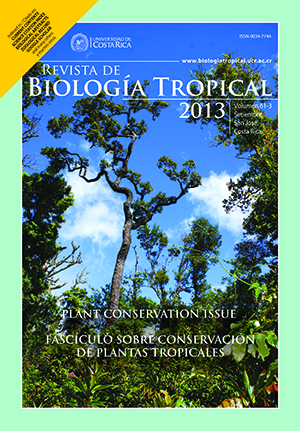Abstract
Recently, populations of flies have increased in numbers given the elevated levels of organic matter waste produced by anthropic activities and domestication of animals. Such increase represents a worldwide health concern, since flies can be vectors of human diseases. The great variety of feeding and developmental habits of flies of the family Sarcophagidae taking place on animal corpses, feces and decomposed organic matter make them potential vectors of pathogens. Herein, we evaluated the synanthropic index (SI), as well as other ecological aspects of this family, through simultaneous monthly samplings in three areas with different degrees of human disturbance (urban, rural and forest). Each area had four van Someren Rydon traps, each one with a different bait (i.e., human feces, chicken viscera, fish and decomposing onion). Traps were active during 48 hours each month, and specimen collection was made every 12 hours. A total of 7 446 Sarcophagidae individuals were collected (1 275 males and 6 171 females), belonging to 27 species and nine genera. Tricharaea (Sarcophagula) canuta (SI=+96.67), Oxysarcodexia taitensis (SI=+93.85), Peckia (Peckia) chrysostoma (SI=+90.00) and Tricharaea (Sarcophagula) occidua (SI=+88.76) exhibited the highest values of synanthropy index, revealing a strong preference for human settlements. The most abundant species were Oxysarcodexia conclausa (21.80%), Ravinia effrenata (18.67%), Oxysarcodexia bakeri (11.45%) and Oxysarcodexia taitensis (10.20%), all of which exhibited preference for urban environments. Additionally, we are reporting seven new records of Sarcophagid flies for Colombia: Oxysarcodexia angrensis, Oxysarcodexia bakeri, Oxysarcodexia diana, Oxysarcodexia similata, Oxysarcodexia timida, Peckia (Peckia) pexata and Titanogrypa (Cucullomyia) placida.Comments
Downloads
Download data is not yet available.






